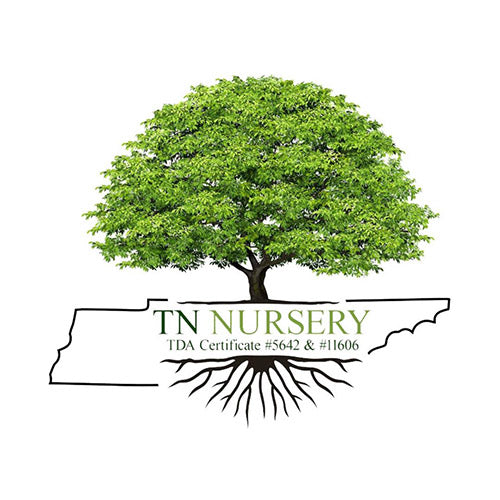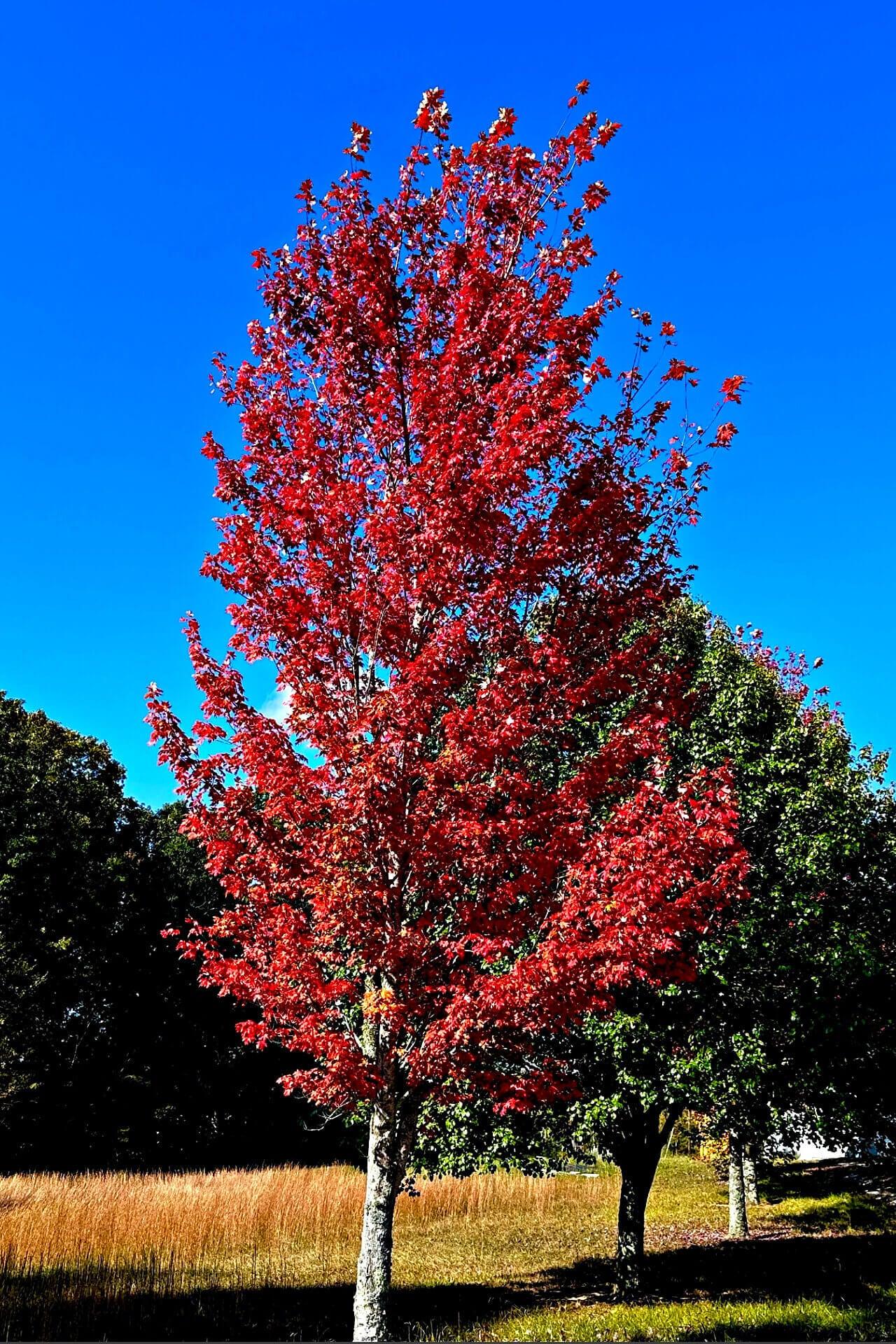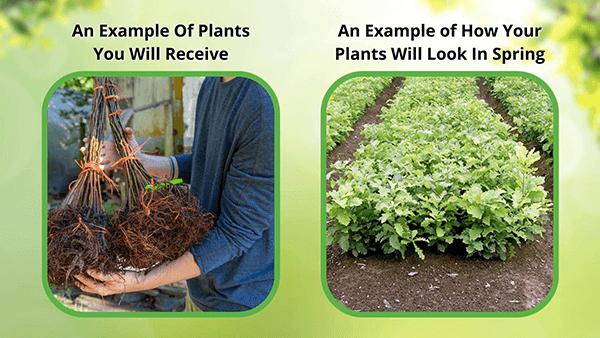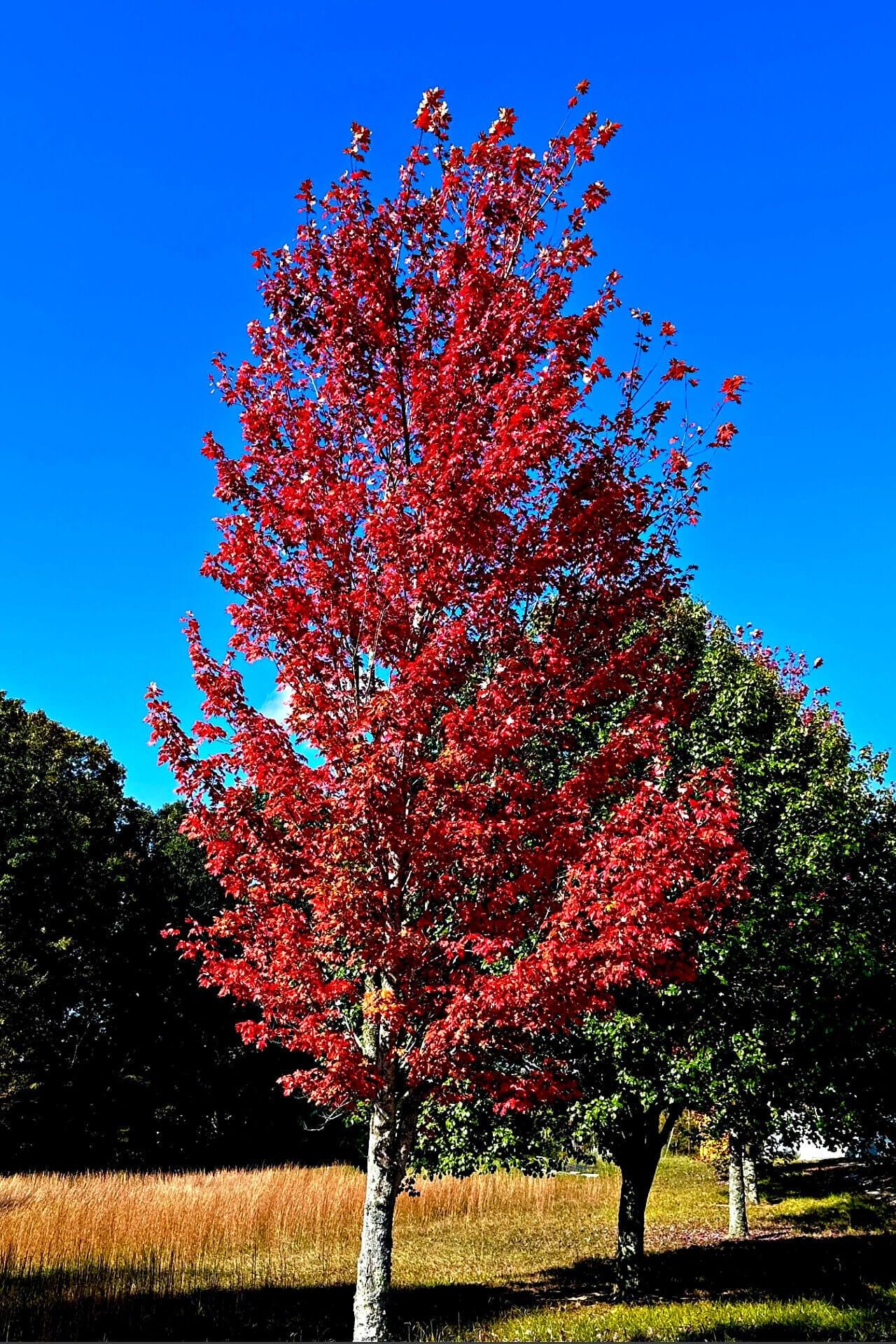
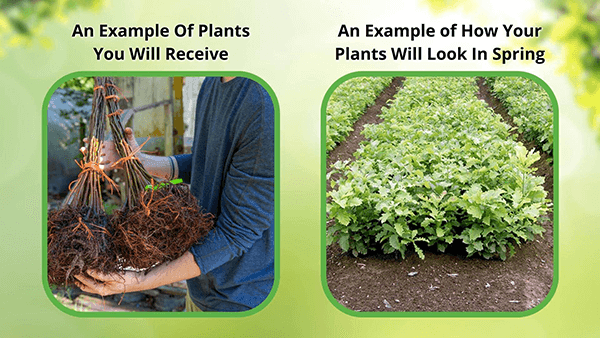
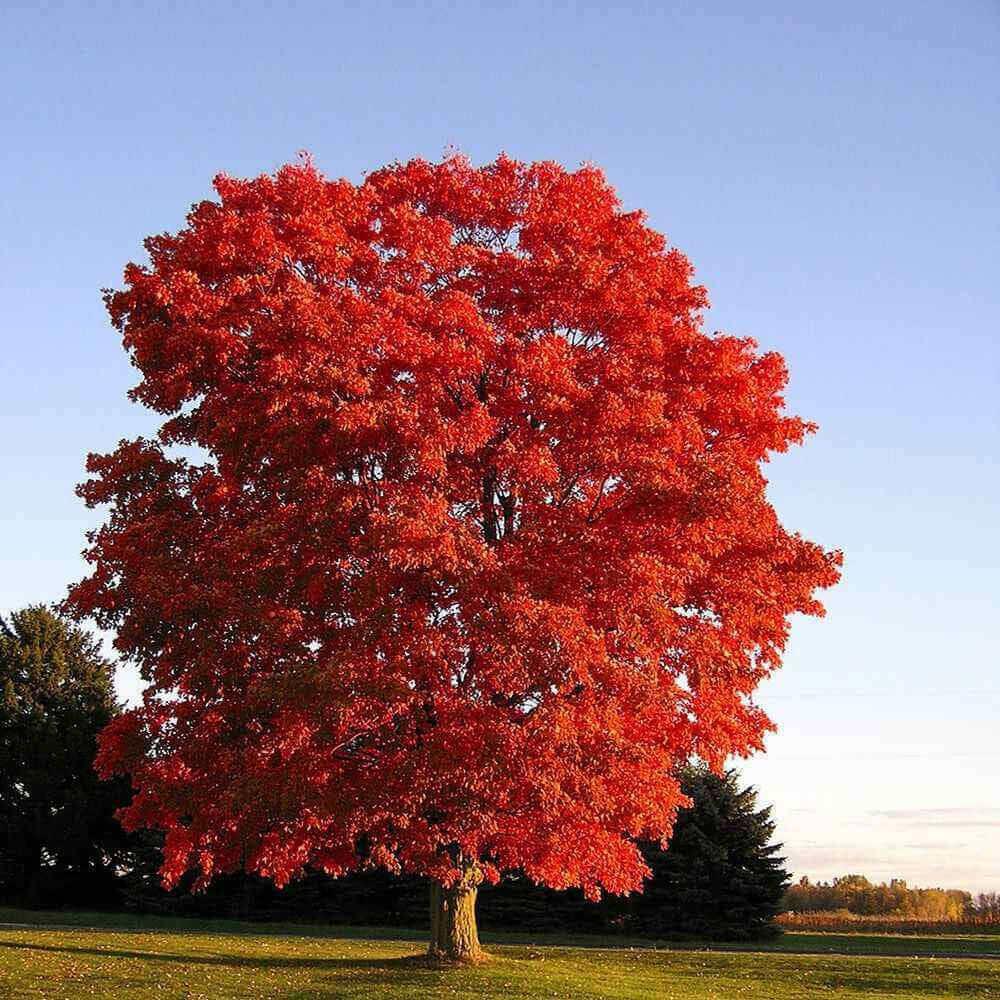
Red Maple is a medium-sized, deciduous tree. It is native to eastern North America. The tree gets its name from the red color its leafstalks, flowers, fruit, and new growth contain throughout the year. The leaves are typically 2 to 5 inches long, with tooth margined lobes, that are medium to dark green in color and turn a bright red color in the fall. Although some turn a yellow or orange color. The flowers, which are deep red and in clusters, appear in later winter/early spring (March or April.) Its fruit and seeds are two-winged samaras.
Red Maple Seedlings Are Very Hardy
The tree can withstand cold temperatures, but wind and ice may rsult in branch breaks. It prefers moist soil with slightly acid conditions. However, it can withstand a broad spectrum of soils. Fall is the best time to plant it and its recommended to purchase a tree grown from its own roots rather than a grafted tree. Once it is installed it is essential to keep the dirt moist. A layer of organic substance around the bottom of the tree can help.
The Appearance Of Red Maple Seedlings
Red Maple rises faster than the Norway and Sugar Maples, but less than the Silver Maple. Its crown is usually oval or rounded and has a spread between 30 and 50 feet at maturity. It is a good option for lawns, streets, and parks because it can tolerate wet soil and air pollution. The tree has a shallow, flat root system that can cause sidewalks and driveways to buckle if planted too close to them.
Red Maple Seedlings Attributes
Hardy Planting Zone- 3 to 9 Bloom Season (if any) - March to April Bloom Color - Red, sometimes Yellow Height at Maturity - 40 to 70 feet Soil Type Preferred- Moist, slightly acid conditions
- Choosing a selection results in a full page refresh.
- Opens in a new window.
